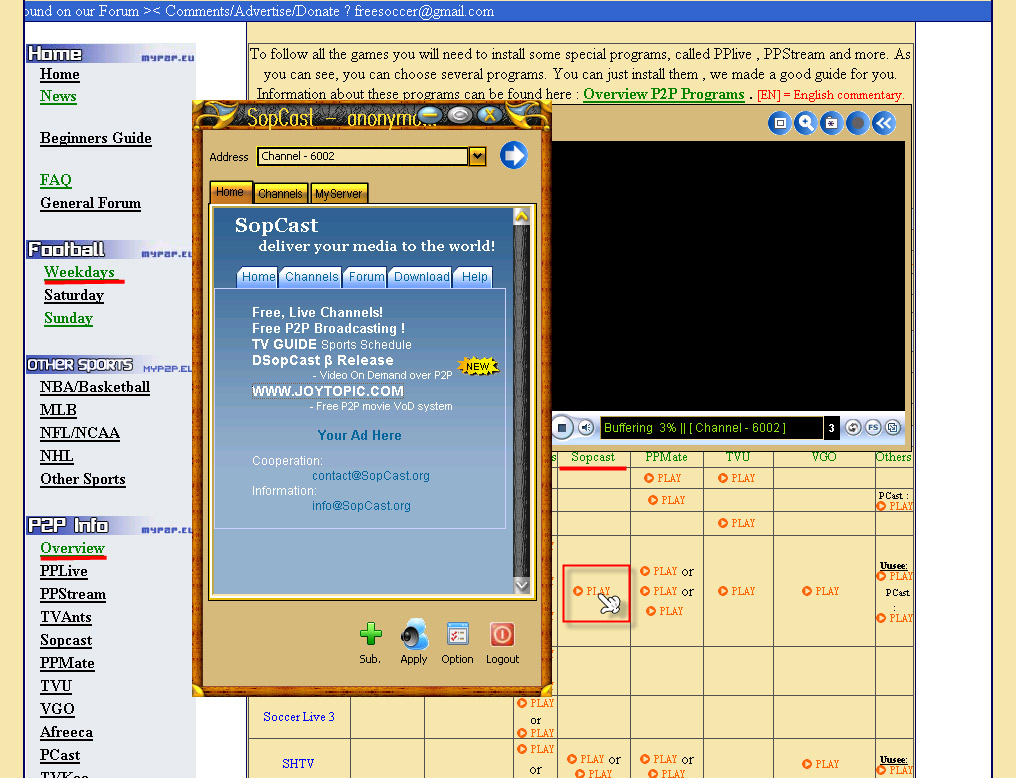

La Cuenca Hidrográfica y la Gestión Integral del Recurso Hídrico son pilares importantes del ordenamiento territorial y manejo de la tierra y elementos fundamentales para un desarrollo ordenado y equitativo. Covering 60 countries, the project examines how these changes affect the core democratic service that any media system should provide: news about political, economic, and social affairs. The Mapping Digital Media project examined the global opportunities and risks created by the transition from traditional to digital media. About Mapping Digital Media The project Mapping Digital Media was run by the Open Society Foundations. With the public moving online for entertainment and information, the internet should remain minimally regulated while self-regulation, with civil society involvement, should be actively encouraged. Digital licensing should be open and transparent, and the public should be informed about what digitization will mean for them. In order to break the control of the audiovisual space by a few powerful groups, this report recommends that the digital switch-over process in Romania be rethought. Internet publishing has grown, sometimes even faster than the advertising industry's ability to keep up. More than a third of households now have an internet connection, and the web is now the most trusted source of information for youths aged 15–20. Yet the internet has caught on quickly with Romanians in the past decade. The audiovisual market continues to be controlled by four large commercial players and the public service broadcaster. Moreover, with no tradition of quality print media and a nonexistent newspaper market in rural areas (where almost half the population lives), many Romanians currently remain indifferent to news.

Romania was hit hard by the economic crisis of 2008–2009, which slowed the remarkable growth of its television, print, and online sectors over the previous decade. *** The report was sponsored by the UK-based Center for Media Transparency and it is published online at Consequently, some of the most important media owners – public figures that have played essential roles in the socio-economic and cultural life of post-communist Romania – have in fact highly complex roots, as former collaborators of the communist secret police and business beneficiaries of the transition period. In this sense, two of the elements most commonly shared across the market are ownership connections to the old secret police (“Securitate”) and the usage of money, obscurely produced during the communist regime and poorly tracked in the transitional period. Having said that, what is particular to the Romanian case has to do with an enduring and powerful sentiment that its media structures are haunted by the communist past. To be sure, this pattern of development applies to several other Eastern and Central European countries as well. The professionalization of journalists at the same time with the proliferation of media outlets as means to serve different purposes, gave way for extraordinary investigative journalism to be developed, but also for propaganda and misinformation to take more sophisticated forms. After this so called naive period, media instrumentalisation (as defined by Hallin and Mancini, “control of the media by outside actors - parries, politicians, social groups or movements, or economic actors seeking political influence”8) took the landscape by storm.
Sop cast professional#
That was a time when journalists wrote somewhat independent from pressures, although their style had little to do with professional journalism. After the first wave of post-1989 journalistic enthusiasm, print media mushroomed with over-night appearances (1,200 newspapers in the early 1990s)7.


 0 kommentar(er)
0 kommentar(er)
